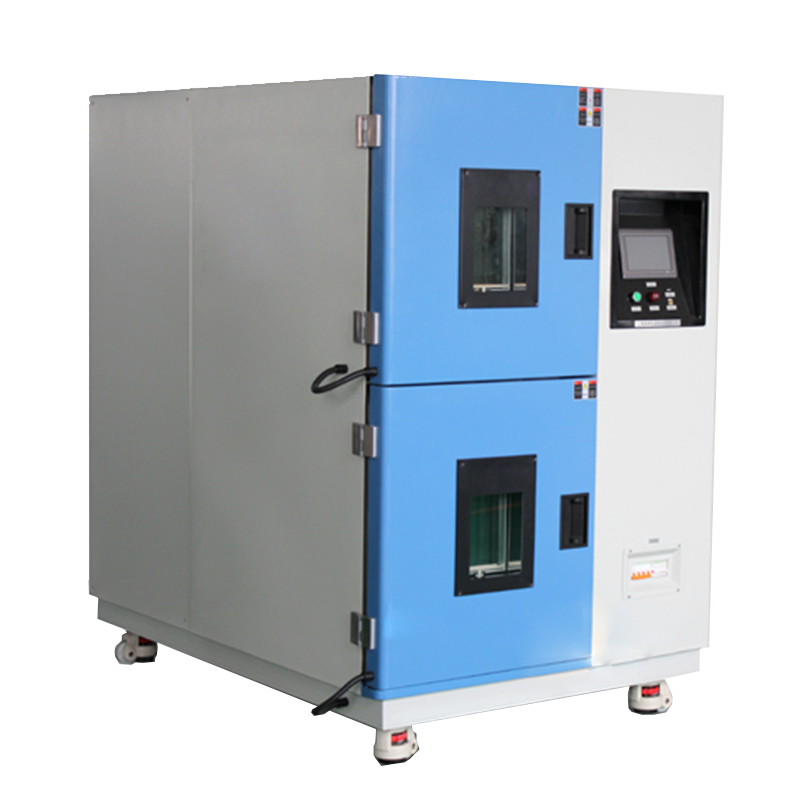The temperature shock test chamber, also known as the cold and hot shock test chamber, is mainly used to test the degree to which materials or composite materials can withstand the instantaneous exposure to extremely high and extremely low temperatures in a continuous environment. It can determine the chemical reactions and physical phenomena caused by thermal expansion and contraction of products in the shortest possible time. Depending on the test standards, high and low temperature shock chambers can be divided into three-chamber and two-chamber types, with differences arising from their internal structures and test methods.

The temperature shock test chamber has a wide range of applications, generally suitable for plastic products, electronic products, industrial and research institutions. Electronic products are the most commonly used. Taking mobile phones as an example, which are the most common electronic products for us, why does the editor mention mobile phones? Maybe you don't know yet. Mobile phones have to go through standard testing before and after production. The performance of mobile phones is tested using a temperature shock test chamber. In fact, the working principle is quite simple. Just turn off the mobile phone and place it in the test chamber (-30℃ for 45 minutes or +70℃ for 45 minutes), and then cycle between high and low temperatures for 27 times. After taking out the tested mobile phone, cool it for two hours and then check its appearance and various functions. The conclusion is that the mobile phone functions normally and there is no change in the shell.
The temperature shock test chamber also has a safe protection system. This system includes a safe and reliable grounding protection device, refrigeration machine overpressure, power under-voltage protection, independent working chamber over-temperature protection, heater short circuit, over-current protection, etc. These features can greatly improve the safety and reliability of the testing process.












